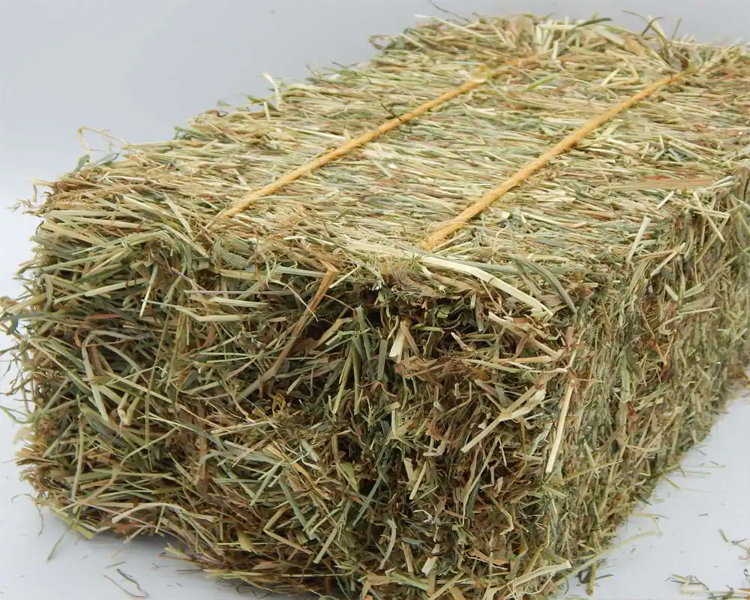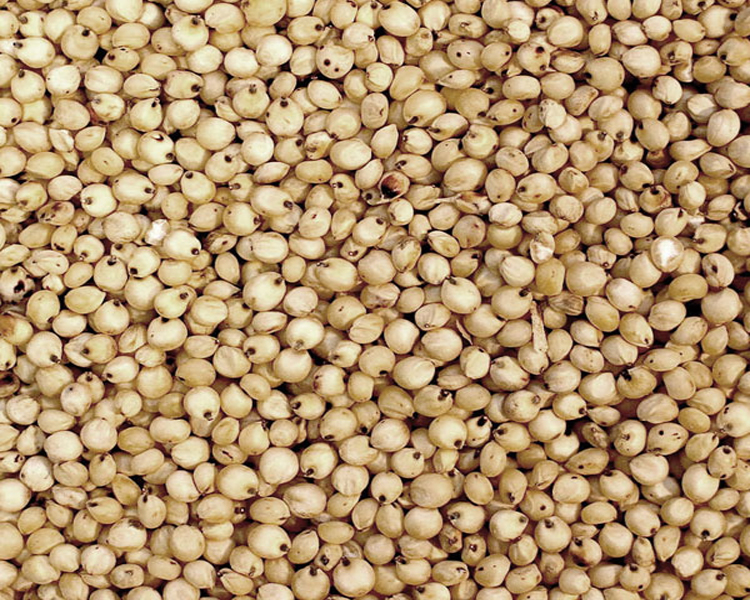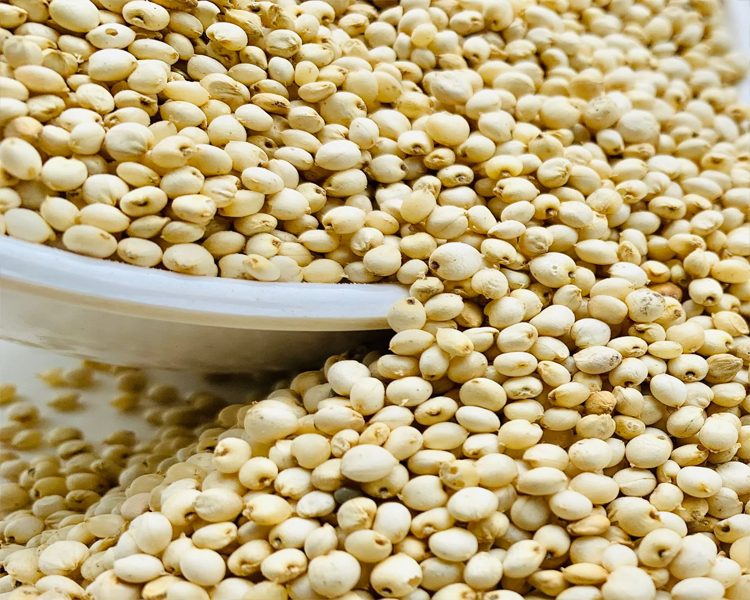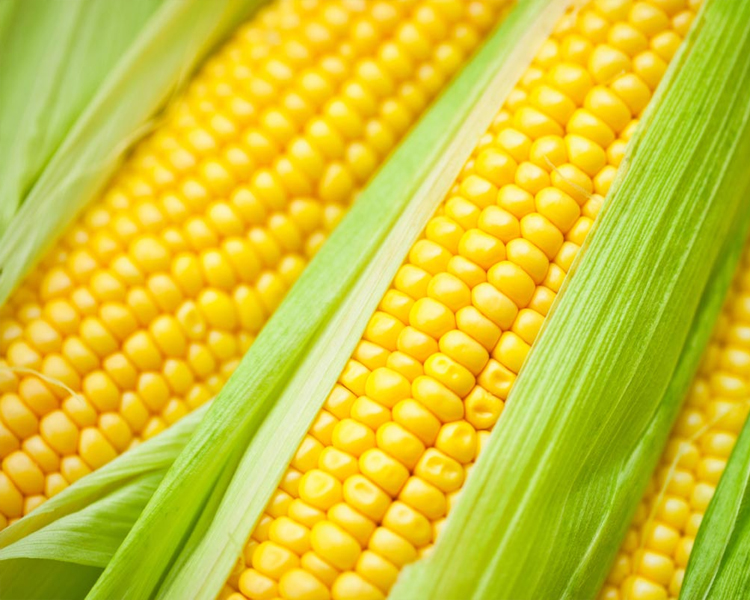AlfAlfa
Alfalfa, a valuable crop in Sudan, thrives due to favorable agricultural conditions. Sudanese alfalfa is primarily cultivated as a nutrient-rich forage crop for livestock feed. It is highly regarded for its high protein content and serves as a key component in animal nutrition, supporting the country's livestock industry. Sudan is also a significant exporter of alfalfa hay, meeting the demand of international markets. The crop's resilience to drought and the implementation of effective farming practices contribute to its successful cultivation in Sudan. Overall, alfalfa plays a crucial role in Sudan's agricultural sector, providing quality feed and contributing to agricultural trade.
Classification of Alfalfa.
Alfalfa, scientifically known as Medicago sativa, belongs to the plant kingdom (Plantae) and the family Fabaceae (Leguminosae)
- Kingdom: Plantae (Plants).
- Division: Magnoliophyta (Angiosperms).
- Class: Magnoliopsida (Dicotyledons).
- Order: Fabales.
- Family: Fabaceae (Leguminosae).
- Genus: Medicago.
- Species: Medicago sativa.
More information.
Alfalfa in Sudan refers to the specific variety of the Medicago sativa plant that is cultivated within the country. Sudanese alfalfa is a subcategory or regional variation of the broader Medicago sativa species. It refers to the specific plants of the alfalfa species grown in Sudan, taking into account the unique environmental conditions, cultivation practices, and genetic adaptations specific to the region. Sudanese alfalfa is cultivated for its high nutritional value, serving as a key forage crop for livestock feed and contributing to Sudan's agricultural and economic sectors.
The alfalfa of Sudan offers numerous benefits, including its high nutritional value, which enhances livestock health and productivity. Sudanese alfalfa varieties are adapted to local conditions, including drought tolerance, making it a valuable crop in regions with limited water resources. Additionally, alfalfa cultivation improves soil health, provides economic opportunities through exports, supports sustainable farming practices, and plays a crucial role in the livestock industry. The nutrient-dense feed, resilience to drought, and positive environmental impact make Sudanese alfalfa a valuable asset in Sudan's agricultural sector.
Alfalfa is cultivated in Sudan due to favorable agro-climatic conditions, including suitable temperatures, sunlight, fertile soil, and access to water resources. Sudan has a thriving livestock industry, and the nutritional value of alfalfa makes it an ideal feed option for animals. Sudanese alfalfa is specifically grown to meet the livestock feed requirements of the country, with locally adapted varieties that can withstand local environmental conditions. Sudanese alfalfa is also recognized for its quality and nutritional value, leading to its export to regional and international markets. Overall, alfalfa cultivation in Sudan serves the purpose of supporting the livestock industry, contributing to agricultural trade, and utilizing the favorable agricultural conditions in the region.
White Sorghum
White Sorghum White sorghum is a significant crop in Sudan, cultivated in regions with favorable agro-climatic conditions. It serves as a staple food, providing essential nutrition and energy for the Sudanese population. White sorghum is rich in carbohydrates and nutrients, and it is a key ingredient in traditional Sudanese dishes. Additionally, white sorghum is used as livestock feed and plays a crucial role in Sudan's agricultural economy, as it is exported to meet international demand. Sudan invests in research and development to improve white sorghum production and enhance farming practices. The cultivation of white sorghum contributes to food security, cultural traditions, and economic growth in Sudan.
Yellow Maize
Yellow Maize, also known as yellow corn, is an important crop in Sudan. It is widely cultivated and serves as a vital source of food, feed, and industrial raw material in the country. Yellow maize is rich in carbohydrates, vitamins, and minerals, making it a valuable dietary staple for both humans and livestock. It is used in various food products, such as cornmeal and corn flour, and also plays a significant role in the production of animal feed, ethanol, and other industrial applications. Sudan's agricultural sector focuses on improving yellow maize production through research and development efforts to enhance yield, quality, and resilience against pests and diseases. The cultivation of yellow maize contributes to food security, economic growth, and diversification of Sudan's agricultural sector.






